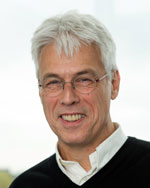Forschungspraktika
Forschungspraktika
Anfragen zu Themen und der Betreuung einer Forschungspraktika können sie auch unabhängig von den ausgeschriebenen Themen direkt an die Ansprechpartner der jeweiligen Forschungsschwerpunkte schicken.
Telemetrie
Satellitenkommunikation
Navigation und Ortsbestimmung / GPS und Allg.


